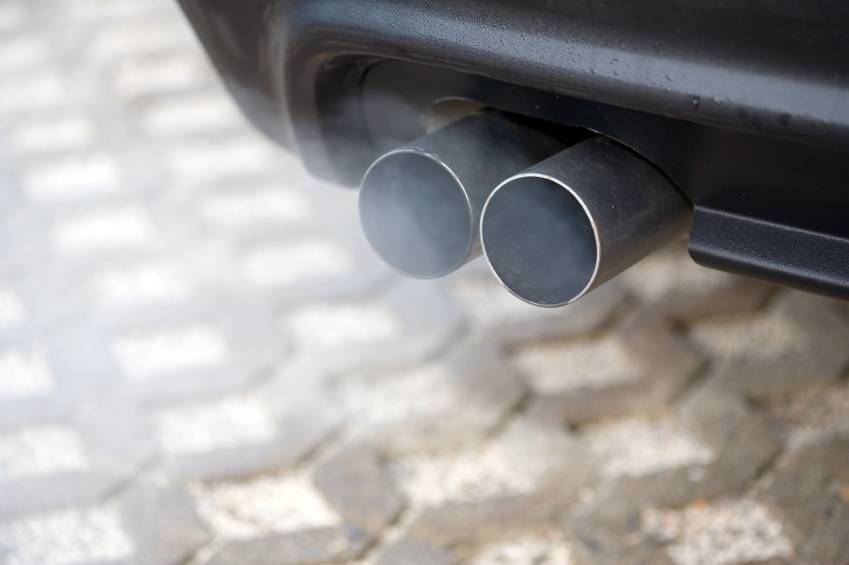Carbon Monoxide, Colder Weather Linked to Rise in AAV Frequency in Large Study from China

The frequency of ANCA-associated vasculitis (AAV) appears to increase with exposure to carbon monoxide and colder climates, with patients more often diagnosed in winter months, a Chinese study reports.
The disease also seems to be more common among people in Northern China and in certain ethnic minorities, like the Dong, Zhuang, and Li populations.
The study, “The frequency of ANCA-associated vasculitis in a national database of hospitalized patients in China,” was published in the journal Arthritis Research & Therapy.
The incidence of AAV across the globe varies due to differences in genetic backgrounds and exposure to environmental factors — air pollution or infections with the bacteria Staphylococcus aureus.
Researchers at the Peking University First Hospital investigated AAV incidence, and its geographical and ethnic distribution in hospitalized patients. They also looked at its association with environmental pollution.
They used China’s national inpatient database, which covers 54.1% of all tertiary hospitals, and included more than 43 million people hospitalized between 2010 to 2015.
During the study period, 10,943 patients (0.25%) were diagnosed with AAV. The frequency of the disease remained relatively stable throughout the years, affecting 0.34% of patients in 2010 and 0.27% in 2015.
Additional analysis was conducted on the 4,440 patients diagnosed with AAV in 2015. Results found that hospital admissions due to AAV occurred most often during the winter (30.2%) and were less frequent in the autumn (21.2%).
AAV also appeared to be more common in the Northern provinces (0.44%) compared to those of the country’s south. (27%).
China has 56 ethnic groups, and researchers examined if ethnicity influenced AAV frequency. Indeed, the Dong, Zhuang, and Li populations had the highest frequencies, even though Dong and Zhuang people are mostly distributed in Southern China.
Researchers attribute these differences to genetics, and say that “further genetic studies might be able to reveal the genetic variants related to AAV in this race, which might provide a promising opportunity to further explore the pathogenesis of AAV.”
Studies have reported a link between air pollution, namely exposure to silica particles, and the development of AAV. Researchers obtained data on air sulfur dioxide, carbon dioxide, and dust.
They found that the frequency of AAV increased with exposure to carbon monoxide, a pollutant mainly released by cars, trucks, and other machinery that burns fossil fuels. The frequency of AAV was not influenced by other air or water pollutants.
Earthquakes are a major source of silica particles and other particles that may endanger people’s health. In 2014, a major earthquake hit the Yunnan province, located in southern China and a region bordering Myanmar, Laos, and Vietnam.
Following the earthquake, the frequency of AAV increased 1.37-fold, from 0.19% in 2013 to 0.26% in 2014.
Overall, this study “provided the first epidemiological data on AAV in hospitalized patients in China, which showed evident seasonal variation, geographic and ethnic clustering, and association with pollution,” the investigators concluded.






